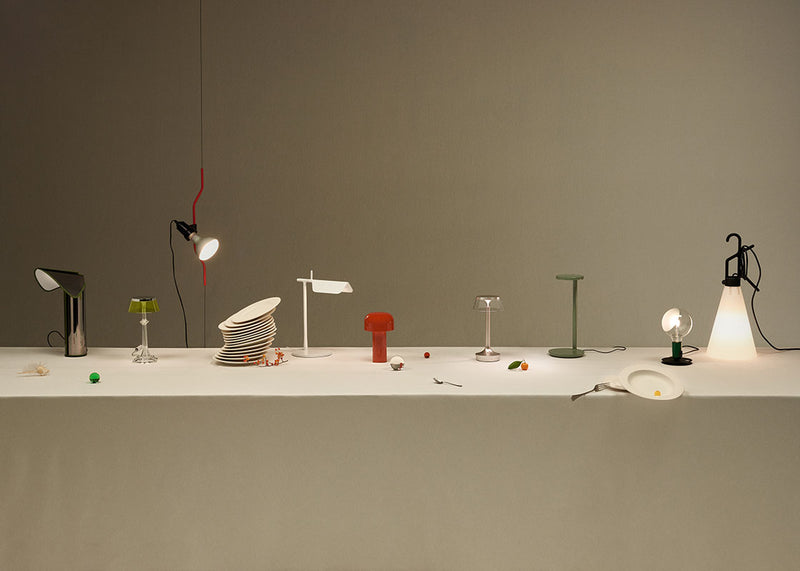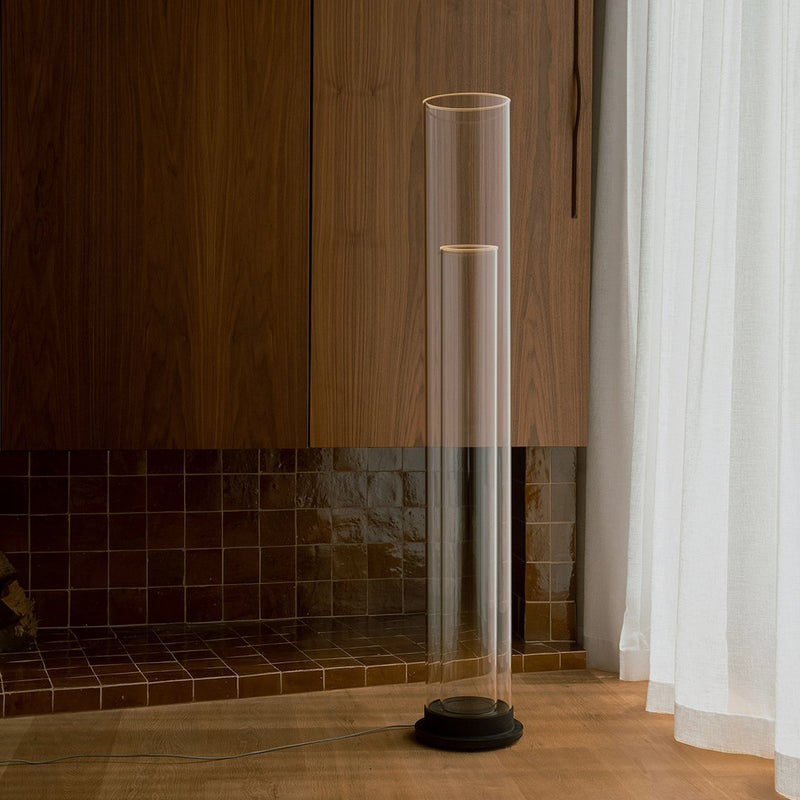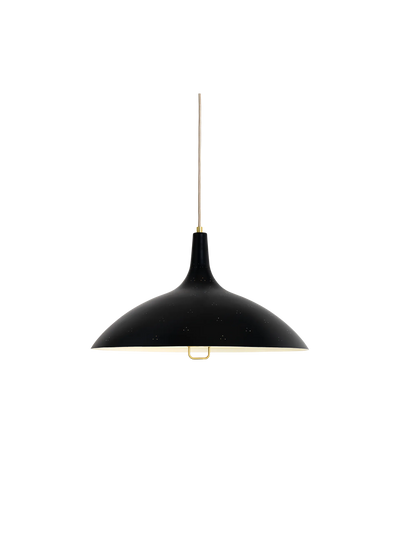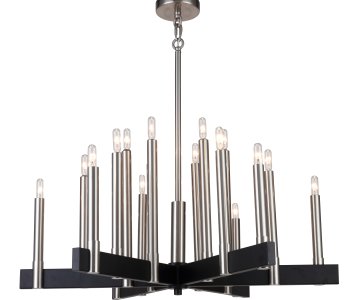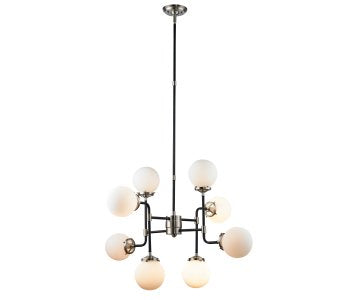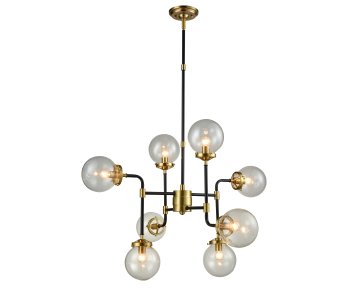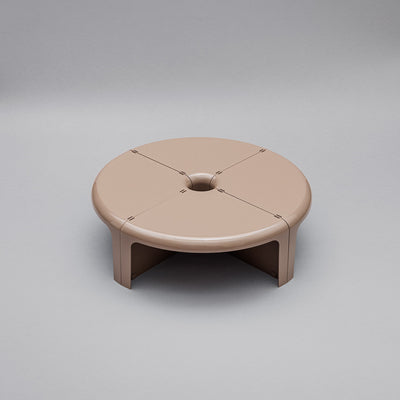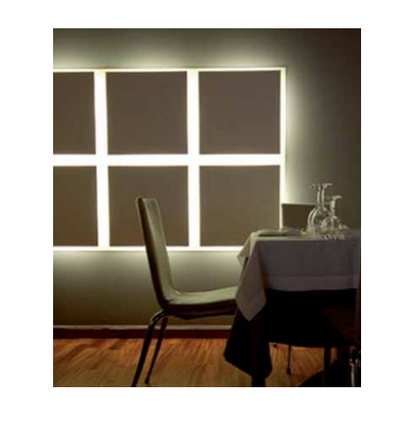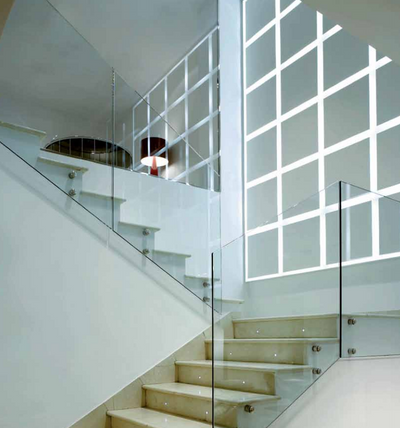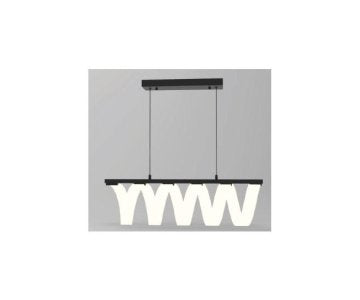The aim of the Induction Wall Light is to use a scientific concept to approach lighting in a unique way. It powers a burnt-out fluorescent bulb through an electromagnetic field.
A fluorescent bulb is normally lit with a wired connection at each of its pins, sending power through the filaments at either end and causing collisions between electrons inside the tube, which then give off light as they pass through the bulb’s phosphorous coating. When a bulb is burnt-out, it will be blackened on its ends, indicating that the fuses are blown and that it will no longer work in a standard fluorescent lighting setup. Despite the fact that the bulb seems useless as-is, it can still be lit through electromagnetic induction.
The Induction Wall Light offers an opportunity to find interesting new uses for existing materials without letting them go to waste. Rather than destroying a fluorescent bulb, which would release gases that might be environmentally harmful (i.e. Argon and Mercury gases are commonly used in fluorescent bulbs), the Induction Wall Light can power any intact fluorescent bulb. It demonstrates that there is still life left in old bulbs even though they seem exhausted.
